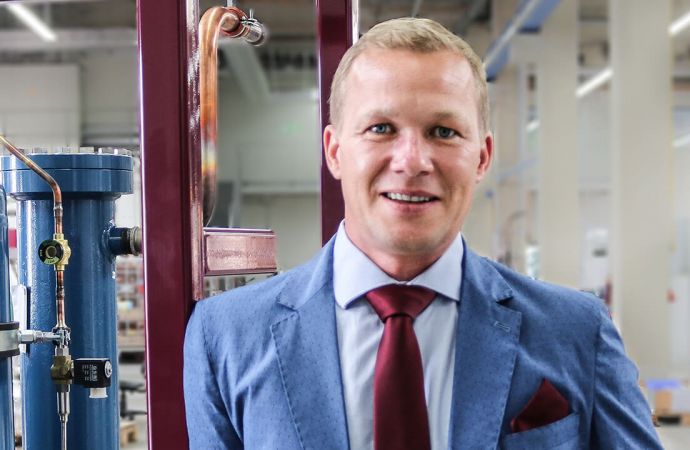The U.S. women’s soccer (football) team captured the attention of the world as it brought home its fourth World Cup victory in France on July 7.

Atlético Madrid's new Wanda Metropolitano stadium
The enthusiasm for the women’s World Cup – hosted by France from June 7 until July 7 – comes at a time of heightened focus on the environmental sustainability of football matches in Europe, including the use of natural refrigerants.
For example, Atlético Madrid’s new state-of-the-art football stadium, the Wanda Metropolitano, is using a CO2 transcritical system, equipped with parallel compressors and multi-ejectors, to serve up to 68,000 soccer fans.
The system provides cooling for a large kitchen serving several restaurants and VIP lounges. The installation includes cold rooms at 0°C/32 F (fresh food) and -20°C/-4 F (frozen foods), blast freezers at -30°C (-22 F), and kitchen rooms at 10°C (50 F).
“The heat recovery from the system is used for making hot water and heating the soccer pitch [field],” said Albert Albert, in charge of the project at system manufacturer Pecomark. The system is designed for an ambient temperature of 38°C/100.4 F, though it can work at higher temperatures, he said.
A comparison study with a traditional R404A system (containing theoretical data, because the system was installed too recently to show results) concluded that the CO2 system with parallel compressors and ejectors allows for an energy consumption reduction of 15%.
The growing popularity of cryotherapy for athletes – including football stars – also represents an excellent market opportunity for natural refrigerants-based solutions in very low-temperature applications.
The practice involves exposing your body to extremely cold temperatures (as low as -110°C/-166F) for a few minutes to speed up recovery, reduce injuries, increase energy and improve sleep. It has devout supporters among professional players such as Cristiano Ronaldo and retired star David Beckham.
European company Mirai Intex is now in touch with football clubs – mostly in Germany - to introduce “Refolution 1.0,” a complete cryotherapy system, based on Mirai’s COLD refrigeration system, which uses air as a refrigerant.
“We have managed to reduce significantly the energy consumption compared to a standard system,” said Vladyslav Tsyplakov, development director at Mirai. “Our solution uses one single cascade system for the three chambers required in cryotherapy, while a traditional system uses three different cascade units.”
Mirai is currently doing a comparative analysis to quantify the energy and operational cost savings Mirai’s solution offers compared to a traditional system,” he added.
Other initiatives
Football organizations have been involved in a number of other environmental initiatives in Europe this year. For example, UEFA, the Union of European Football Association, and national football associations in Italy, Romania and Sweden, have announced their support for the new Life Tackle initiative, which is co-financed by the LIFE program of the European Commission.
The project aims to analyze how football matches can be organized and played as sustainably as possible. The LIFE program finances numerous projects in the EU, including the LIFE FRONT project to accelerate the use of hydrocarbon-based equipment in HVAC&R.
Other national professional football associations are also buzzing with campaigns and partnerships to bring down their ecological footprint. The French professional football governing body and the environmental NGO WWF (World Wildlife Fund) signed a partnership in April to reduce the ecological footprint of football clubs. Across the Channel, British football clubs claim they want to lead the way in reducing single-use plastics through the “Sky Ocean Rescue” initiative, led by Sky News and the Premier League.
Related stories


